TREATMENT
Radio Fractional RF Needling, short for Radio Frequency Needling, is a major advancement on microneedling. Like microneedling, it treats ageing and textural concerns, but it can treat deeper scarring, some skin sagging and more stubborn textural concerns because it can safely reach deeper layers of the skin. Essentially, microneedling treats the surface layer of the skin for fine lines and mild scarring but in our clinic, RF Needling in Sydney has become more favourable because it treats both the surface and the deeper layers of the skin for deeper acne scarring, stubborn textural concerns, ageing, and to promote collagen in the foundations of the skin for youthful strength, elasticity and lift.
How does RF Needling work?
RF Skin Micro Needling in Sydney comes with a hand-held device with micro needles that create tiny punctures into the deeper layers of the skin that create a wound response in the tissue and as part of that healing response your skin cells and collagen fibres regenerate themselves.
Benefits
Is this safe?
RF microneedling provides a safe and effective procedure that allows them to quickly return to their regular, day-to-day routine. It is not suitable for people who have open wounds, skin infections, or a history of keloid scar formation. Pregnant women should wait until after they deliver to undergo RF and microneedling.
How many treatments will I need?
We recommend three to six sessions, depending on the skin conditions you want to treat. RF microneedling is safe to have every four to six weeks.
Pre treatment
You must prepare your skin with prescribed skincare for two weeks prior to your session to ensure all your cells are strengthened and prepared for your treatment. Preparing the treatment area is essential to its success and helps minimise your healing time. Following our expert advice on pre and post care plus maintenance, contributes to 70% of your treatment’s success.
Post Treatment






manager@adamandevelaser.com.au
P 9740 6710
256 The Boulevarde
Punchbowl NSW 2196
© Adam & Eve 2022 | Site by All in IT Solutions